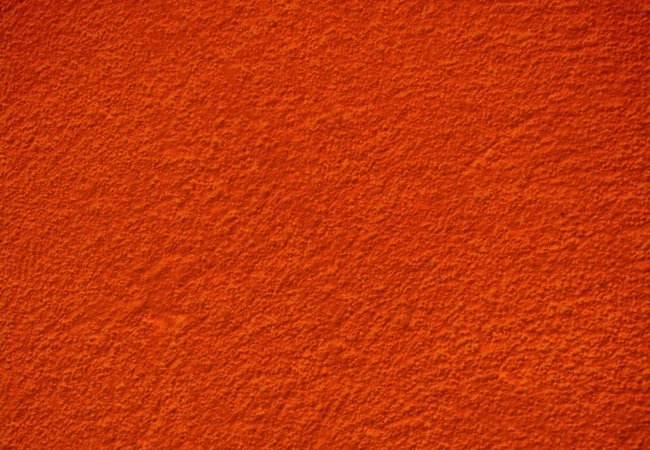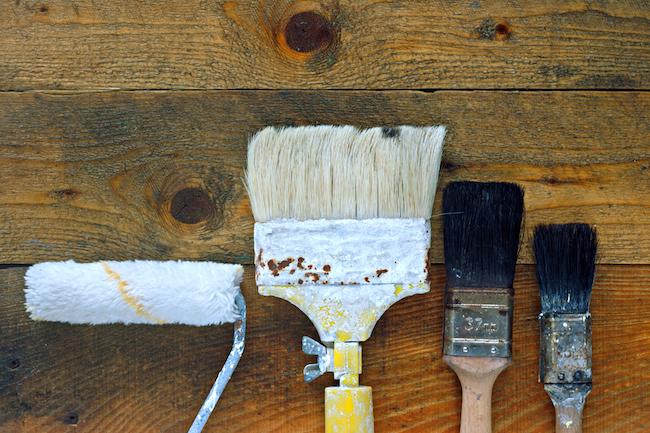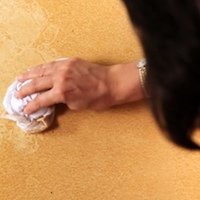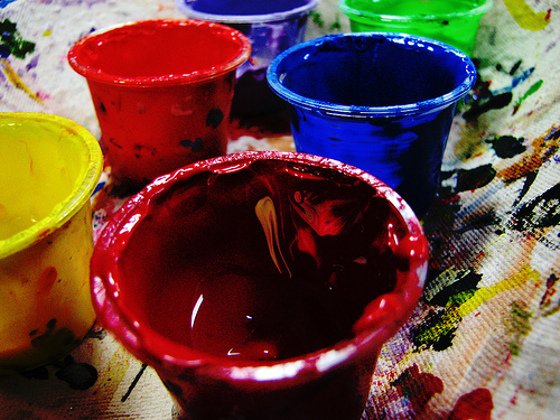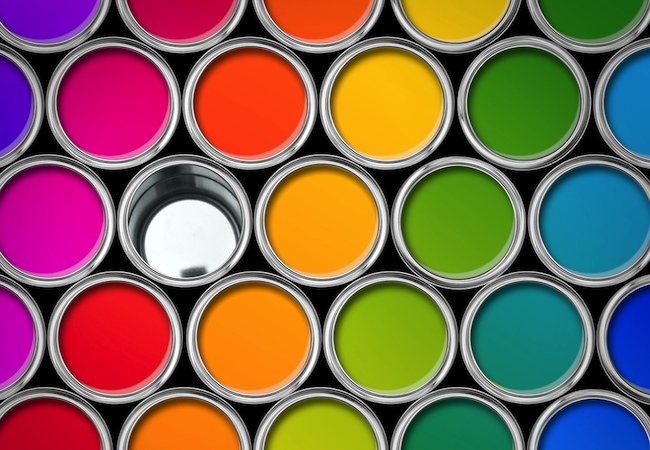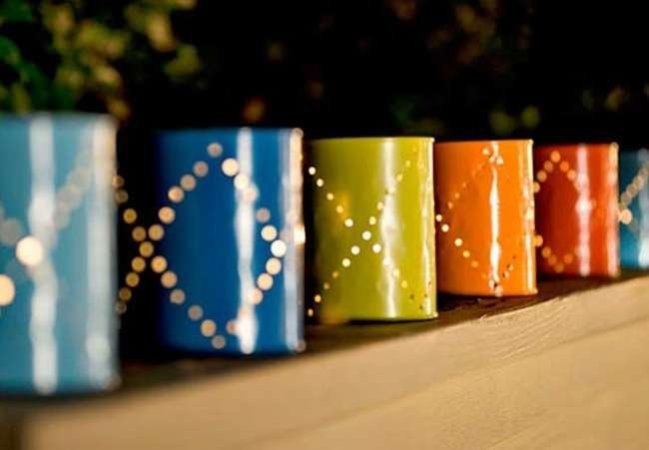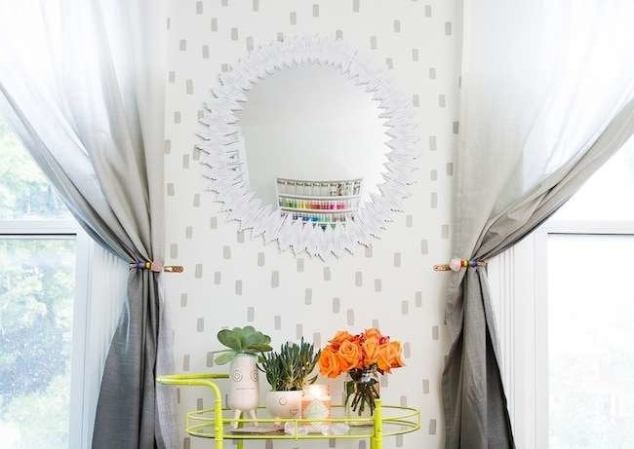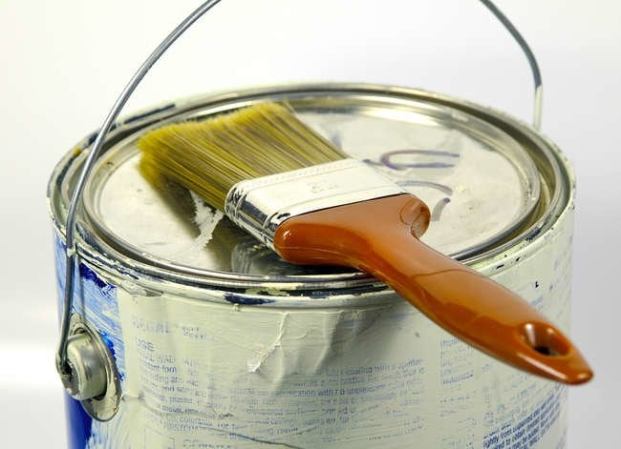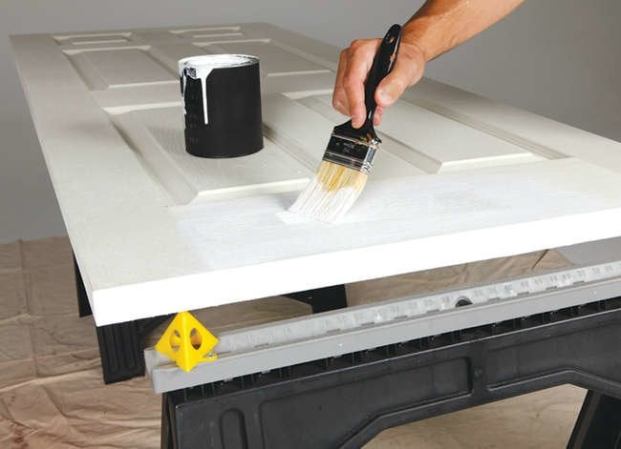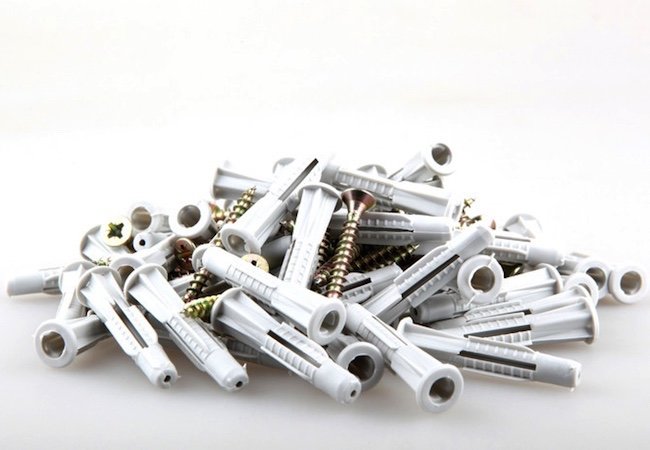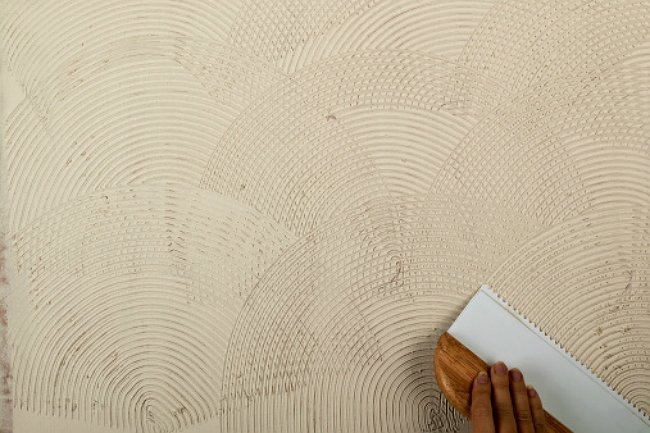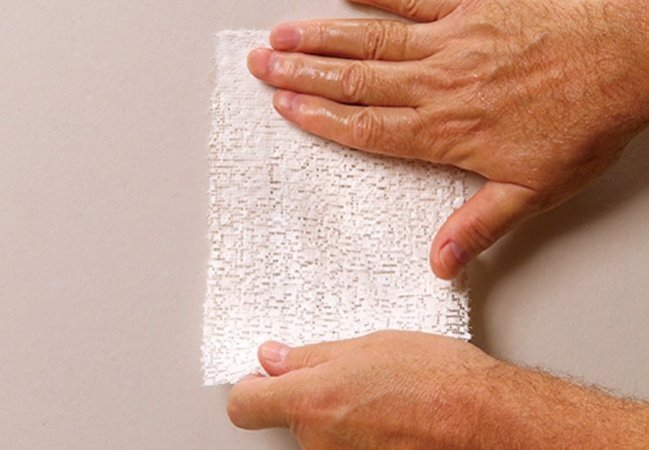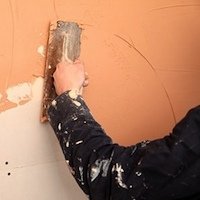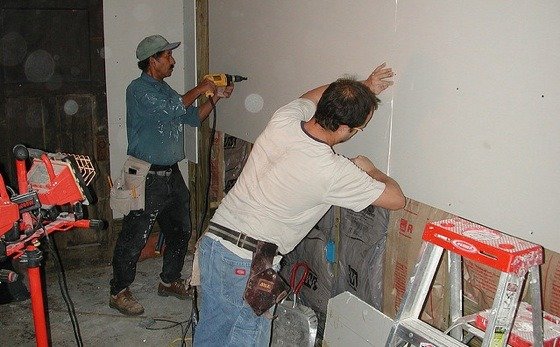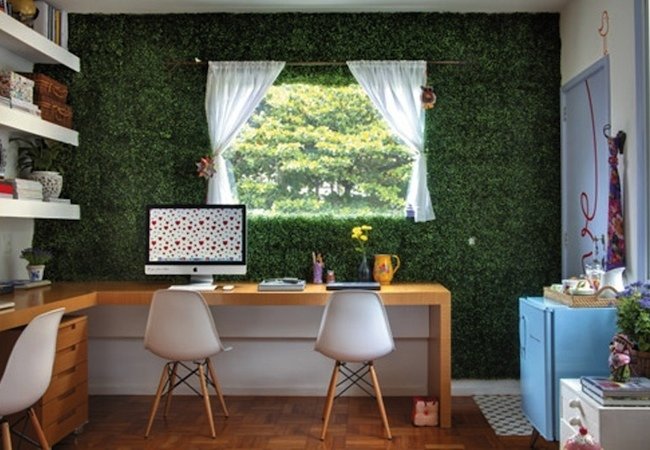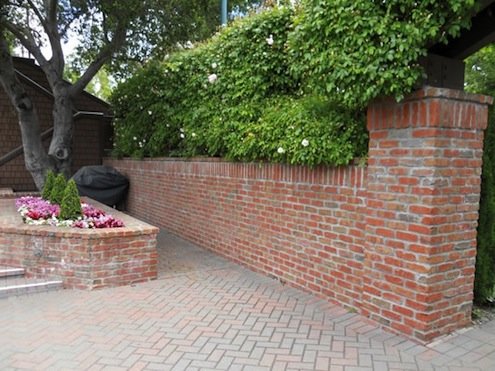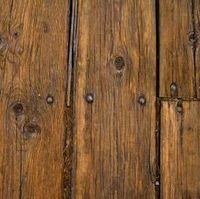We may earn revenue from the products available on this page and participate in affiliate programs. Learn More ›
Learning how to texture walls does more than transform boring-to-look-at surfaces into pitted, peaked, and otherwise visually appealing objects of interest. With any of the numerous techniques for texturing walls, you are able to hide any imperfections that may exist on the wall—which ultimately saves you the trouble of making a dozen little repairs. The process is as much an art form as it is a popular home improvement job. To better understand several of the most common approaches, we contacted texture and design specialist Larry Oliver, owner of New York-based Lawrence Oliver Painting.
Texturing Walls with Drywall Joint Compound
An easy way to texture walls is by simulating a stucco finish with joint taping compound (also known as drywall mud) which can be purchased at any home improvement store.
According to Oliver, this virtually fail-safe method often yields satisfying results for even average do-it-yourselfers. One thing homeowners like about working with compound is that if you apply too much or incorrectly position it, you can simply wipe away the mistake and begin again.
- Before going to town and using compound to texture walls, first make sure the walls are clean and completely dry.
- Water down the compound slightly prior to application so that it has the consistency of thick pancake batter.
- Apply taping or joint compound to your wall with a trowel or a wide compound knife.
- Dab a sponge into the compound, then press the sponge against the wall repeatedly to create an overall texture.
- Dab on additional compound as necessary.
- Let dry and then paint.
Another way you can use joint compound to texture walls is to apply it by means of a notched trowel (the kind used to skim-coat a plaster wall) or a squeegee into which you’ve cut a series of indentations.
Use either tool to make a line pattern across the breadth of the wall surface. Work in one direction first, then go in the perpendicular direction, spreading the mud in such a way as to form a crosshatched pattern, one that looks the way some woven fabrics do when seen up close.
Skip Trowel Texture
To achieve the popular “skip trowel” wall texture, a knife is angled during compound application to create a pleasingly uneven surface. Don’t be fooled: You need a steady hand to pull this off. That’s why Oliver suggests a different approach for DIYers: the knockdown method. “Use taping compound and a sea-sponge roller. Roll the compound onto your wall with about 80 percent coverage. Before the compound dries, lightly smooth the higher areas with a knife.”
Stomp-Knockdown Texture
In the stomp-knockdown technique, a variation of the above, a special brush is smacked repeatedly against a compound-covered wall. Some of the mud pulls away from the wall with each strike. Before the compound starts to dry, the installer follows up with a knife or paint scraper in order to eliminate unwanted peaks.
Oliver says that if you’ve chosen to apply taping compound with either the knockdown or stomp-knockdown method, it’s important that you wield the putty knife at the correct angle (approximately 15 degrees) and not exert too much pressure. “The slight angle and light pressure ensure that you do not smooth out your finish too much.” Oliver then cautions, “Always remember not to be heavy-handed in the corners and edges—that’s a common mistake made among DIYers.”
Other Methods
Other tools that may be employed to apply joint compound include tissue paper, old rags, and specially designed deep-nap rollers. In addition, you can also try texturing walls by rolling on the compound with a standard paint roller before artfully removing some of the material you have added. Because compound has a forgiving nature, feel free to experiment with whichever technique you find the most promising. In all cases, let the compound dry thoroughly before you proceed to paint. Depending on local humidity, drying may take as long as 24 hours. To speed the process, aim a fan toward the wall surface on which you have been working.
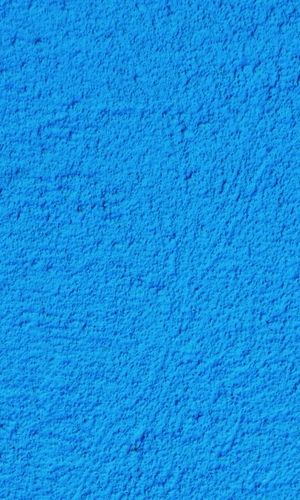
Texturing Walls with Paint
Many of the major paint manufacturers offer a line of textured paints. Such products work similarly to drywall mud, but because they are comparatively more difficult to remove, they require greater precision.
For example, when using textured paint, you must work quickly to cover the entire surface before the coat dries. If one area dries before you’ve covered the next, rigid lines may appear at their intersection.
That said, textured paint goes on simply with a standard paint roller and a brush to cut in at edges and corners. Two coats are typically needed, one for the base and another as the finishing layer.
Because textured paints are available in only a limited range of hues, you may wish to pursue a different option—namely, a paint texture additive, which can be mixed with any color of regular paint you like.
Texturing Walls with Machines
If you wish to add wall texture to a very large surface or the walls in several rooms, consider renting a drywall texture sprayer. Powered by compressed air and featuring a gun-like nozzle, a sprayer speedily covers surfaces in joint compound, producing, among a variety of other looks, the currently passé “popcorn” texture.
The pattern a sprayer creates depends on three variables: the type of compound used, the nozzle selected, and the amount of air that is propelling the mud. There’s no harm in experimenting, as the compound can be easily sponged off if you end up with a texture that is not to your liking.
Be advised that if you decide to employ a sprayer in a home decked out with furnishings and finished floors, it’s essential to cover anything that you don’t want hit by mud.
No matter the technique you opt to use, Oliver offers one final recommendation: “When texturing walls, try not to be too repetitive, making the same shape over and over like chicken tracks,” he says. “To create a more professional finish, keep the textured pattern random.” This should come as a relief to many DIYers, because intricate patterning is harder to accomplish than random texturing. So give it a shot, and have fun!
